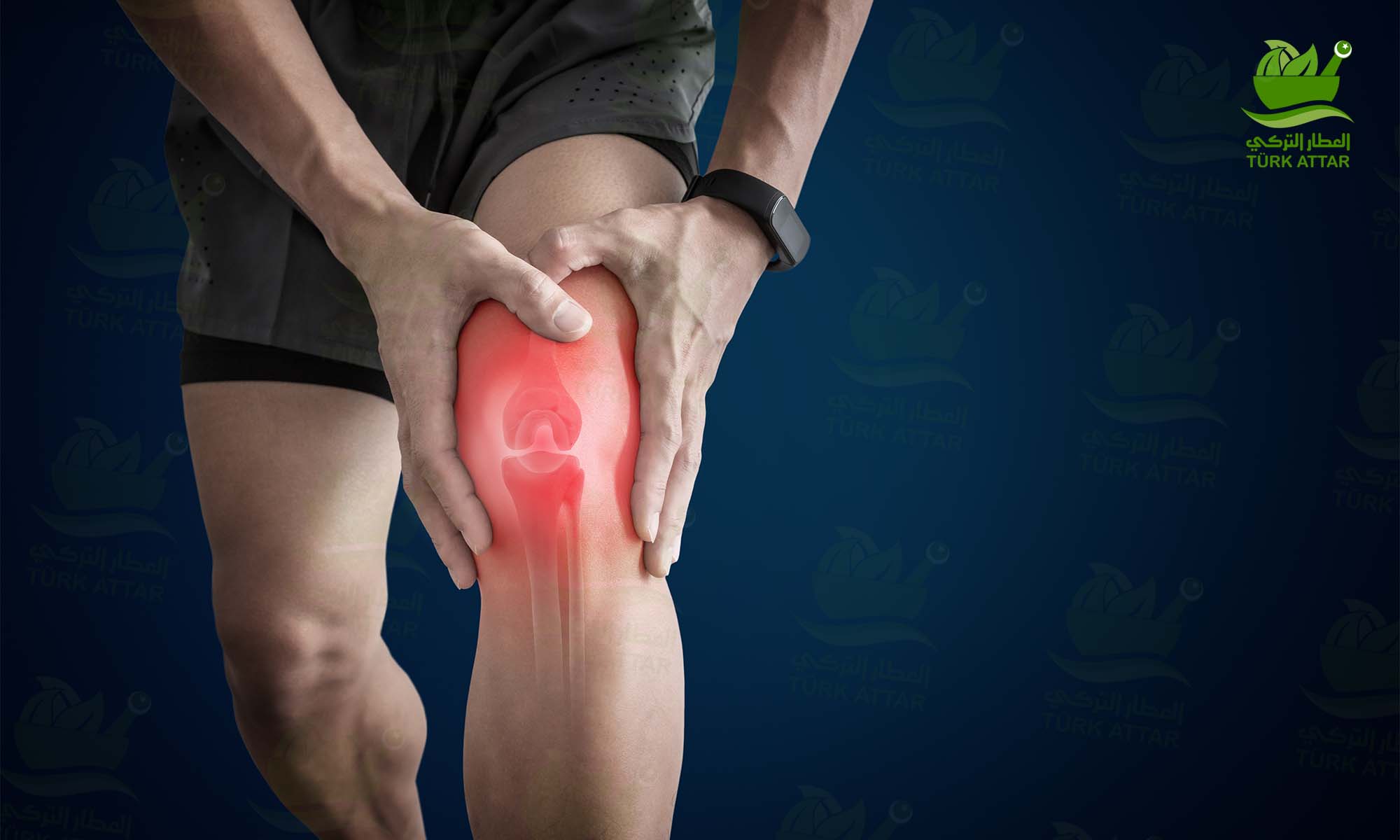
في الركبة هناك نوعان من الغضاريف المفصلية، أحدهما في الداخل (الغضروف الإنسي) والآخر في الخارج (الغضروف المفصلي الجانبي). توفر هذه الهياكل سهولة الحركة في الركبتين، والتي تعد من أكثر المفاصل حركة في الجسم، وتزيد من الأسطح الملامسة لعظام الفخذ والساق، مما يسمح بتوزيع وزن الجسم على العظام بطريقة متوازنة. بالإضافة إلى أنه يمتص قوة الصدمة التي تحدث في منطقة الركبة نتيجة الاصطدام المفاجئ ويسمح لسائل الركبة بالانتشار إلى غضاريف المفصل.
تمزق الغضروف المفصلي
يمكن أن يحدث تمزق الغضروف المفصلي لكثير من الناس، وخاصة الرياضيين. كالذين يحملون أحمالاً ثقيلة، والذين يقفون على أقدامهم باستمرار، وربات المنازل اللواتي يتعاملن مع الأعمال المنزلية، وكبار السن ...الخ.
نظرًا لأن الغضروف المفصلي يعد من أكثر الغضاريف ثباتًا، لذلك تحدث المزيد من التمزقات. يعد تمزق الغضروف المفصلي أكثر شيوعًا في الإصابات الحادة التي تسبب تمزق الرباط الصليبي الأمامي. يعتبر تمزق الغضروف المفصلي الخلفي أكثر شيوعًا عند المرضى المسنين.
ما هي أعراض تمزق الغضروف المفصلي؟
أول أعراض تمزق الغضروف المفصلي هو الألم. يظهر الألم عادة في حركات الركبة مثل صعود الدرج ونزوله واستخدام المرحاض والصلاة. اعتمادًا على حجم التمزق الحاصل، يصاحبها شكاوى مثل الانغلاق في الركبتين والتعثر وصوت النقر(الطقطقة) والتورم. قد يشكو بعض المرضى من الألم أثناء نزول السلالم.
يعتبر الألم عند الضغط على خط المفصل في الجانب المصاب من الغضروف المفصلي أكثر نتائج الفحص حساسية. أثناء الفحص، يمكن رؤية سائل في المفاصل. يمكن استخدام اختبارات مثل Mc Murray وApley في الفحص.
في المرضى الذين يتم فحصهم، إذا كان هناك تمزق في الغضروف المفصلي مصحوبًا بإصابة إضافية، فيُطلب التصوير بالرنين المغناطيسي للكشف.
